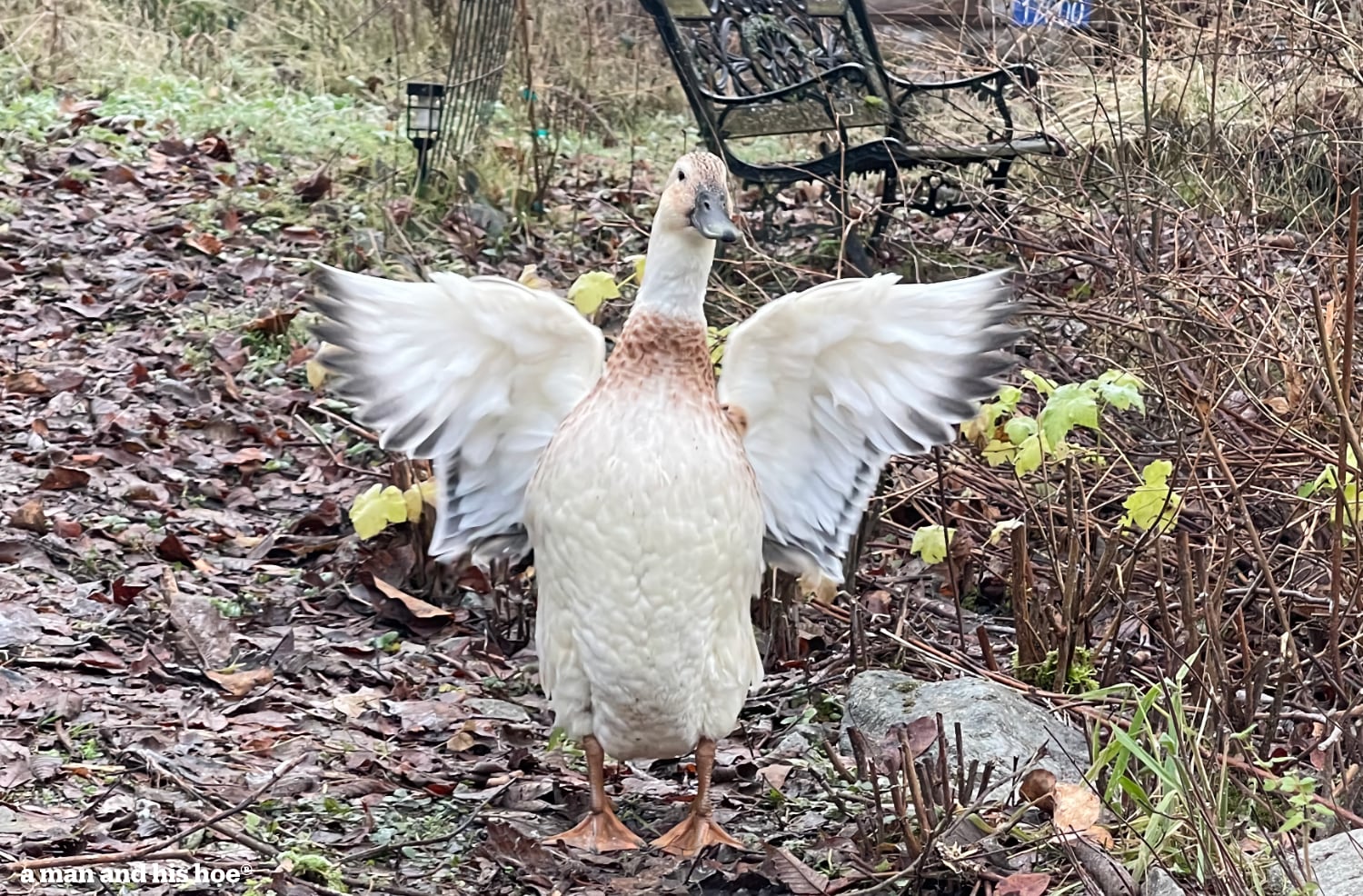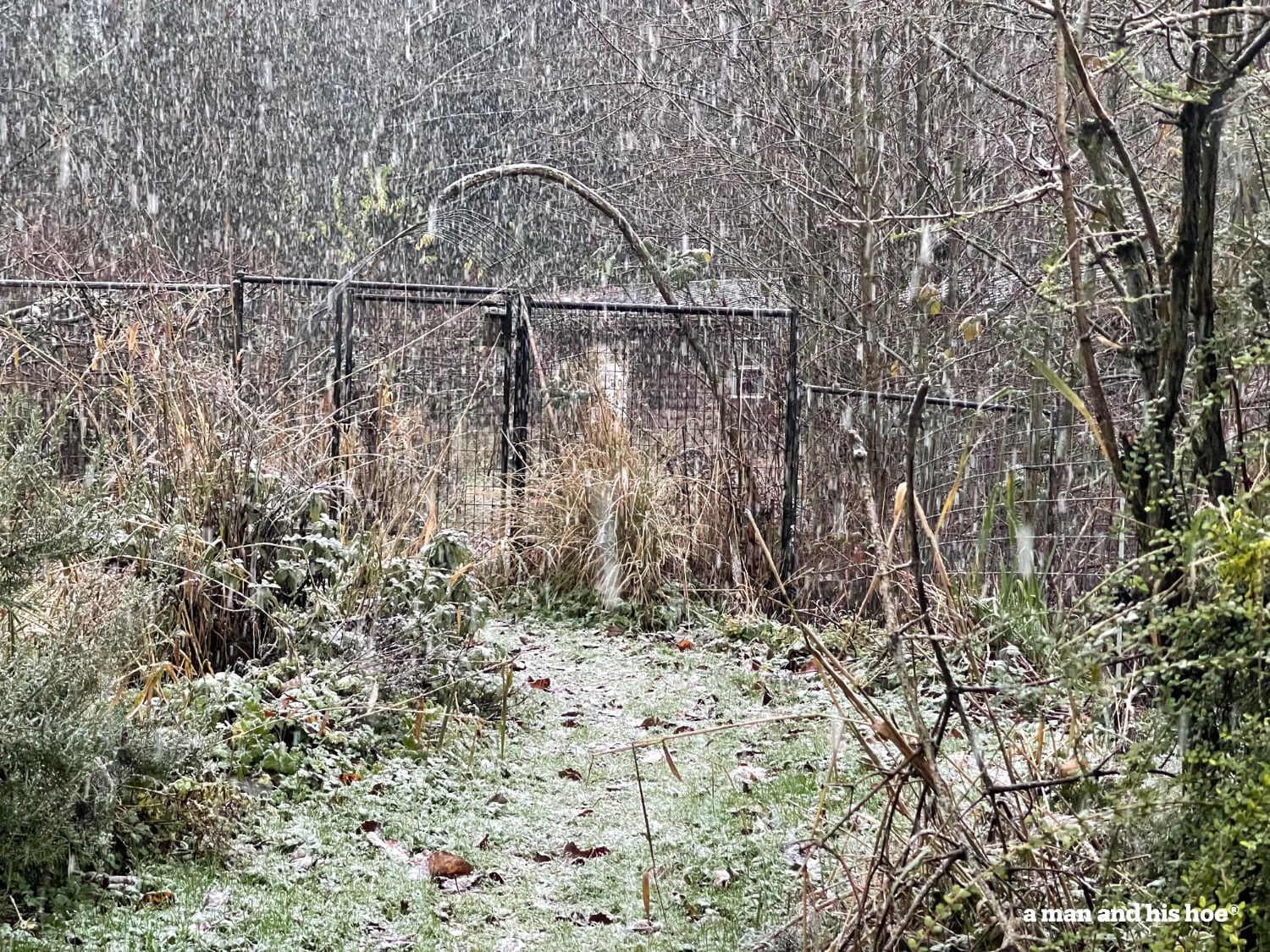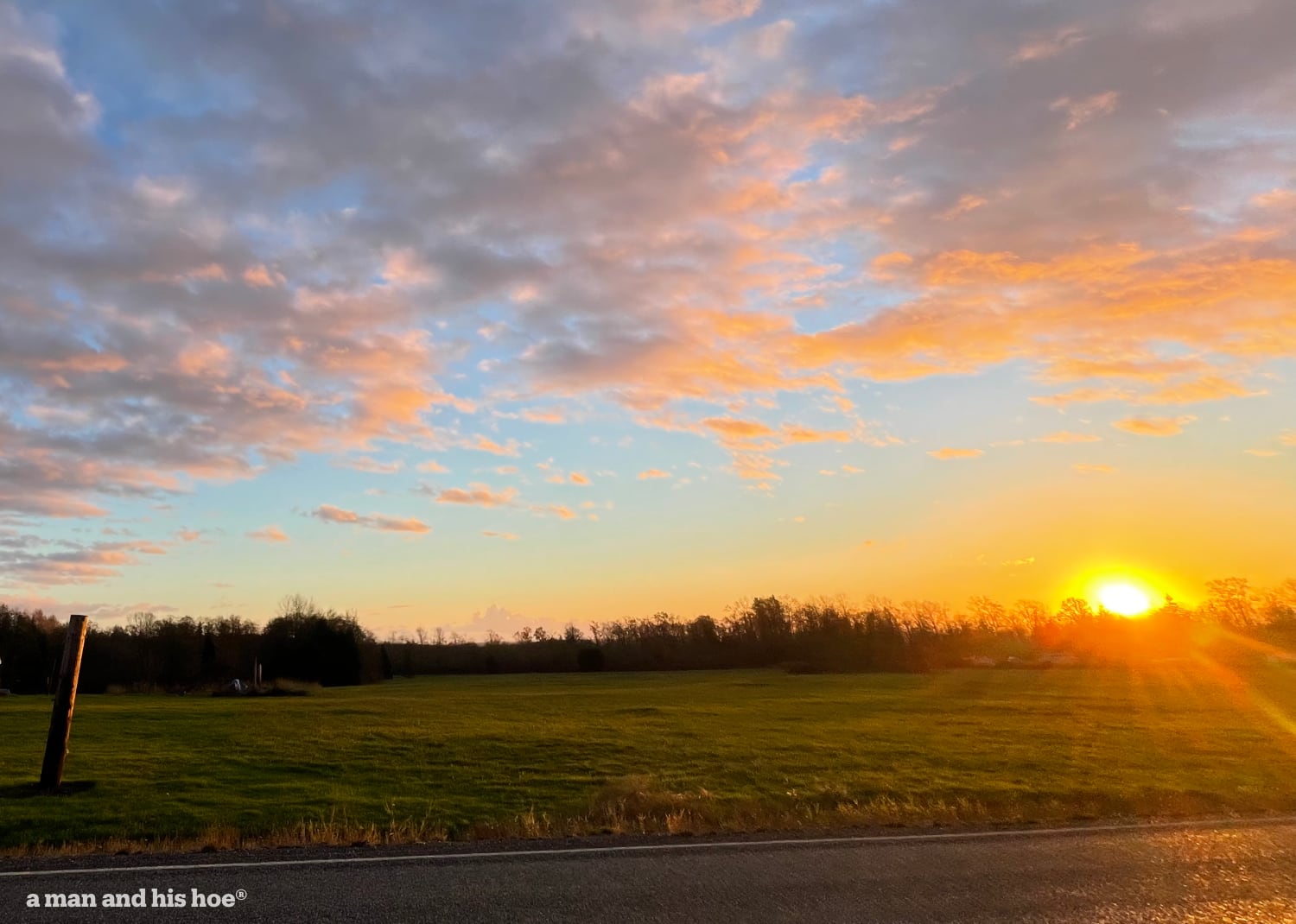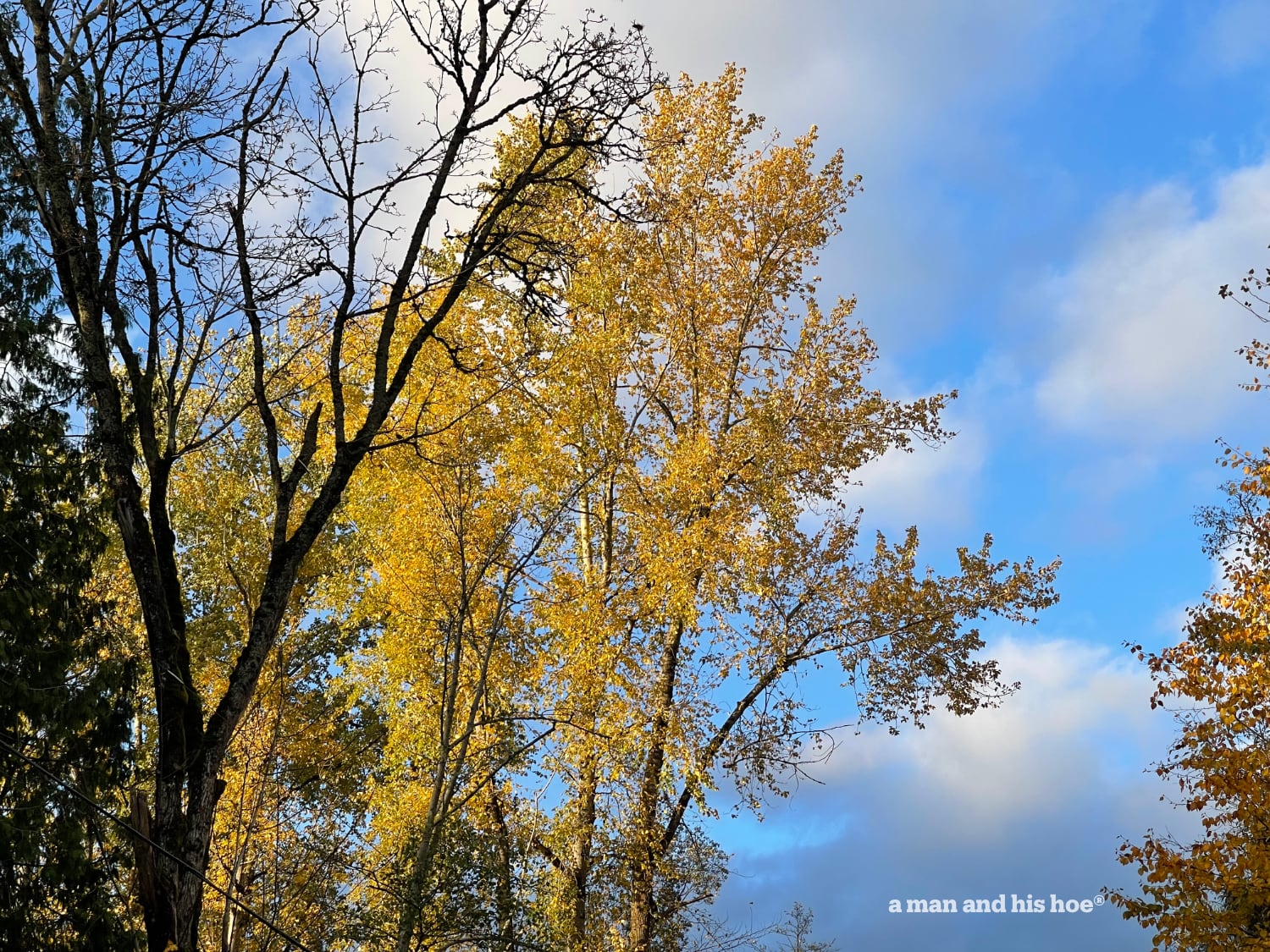Your cart is currently empty!
Category: Reflections
-
Solstice 2021
The solstice this year happened at a convenient time for me, 7:59 a.m., pretty much at sunrise. It’s odd that such a momentous event happens so quietly. You can sit as still as you want, but you can’t feel the earth so much as shiver when it passes that line in its orbit when everything changes.
For me, it’s the beginning of a new year. The days will get longer now. Spring is coming. Snow is happy. I’d love to get inside a duck’s head. Are they really as happy as they seem? I’m sure there is some profound wisdom they could share. The secret to happiness perhaps?
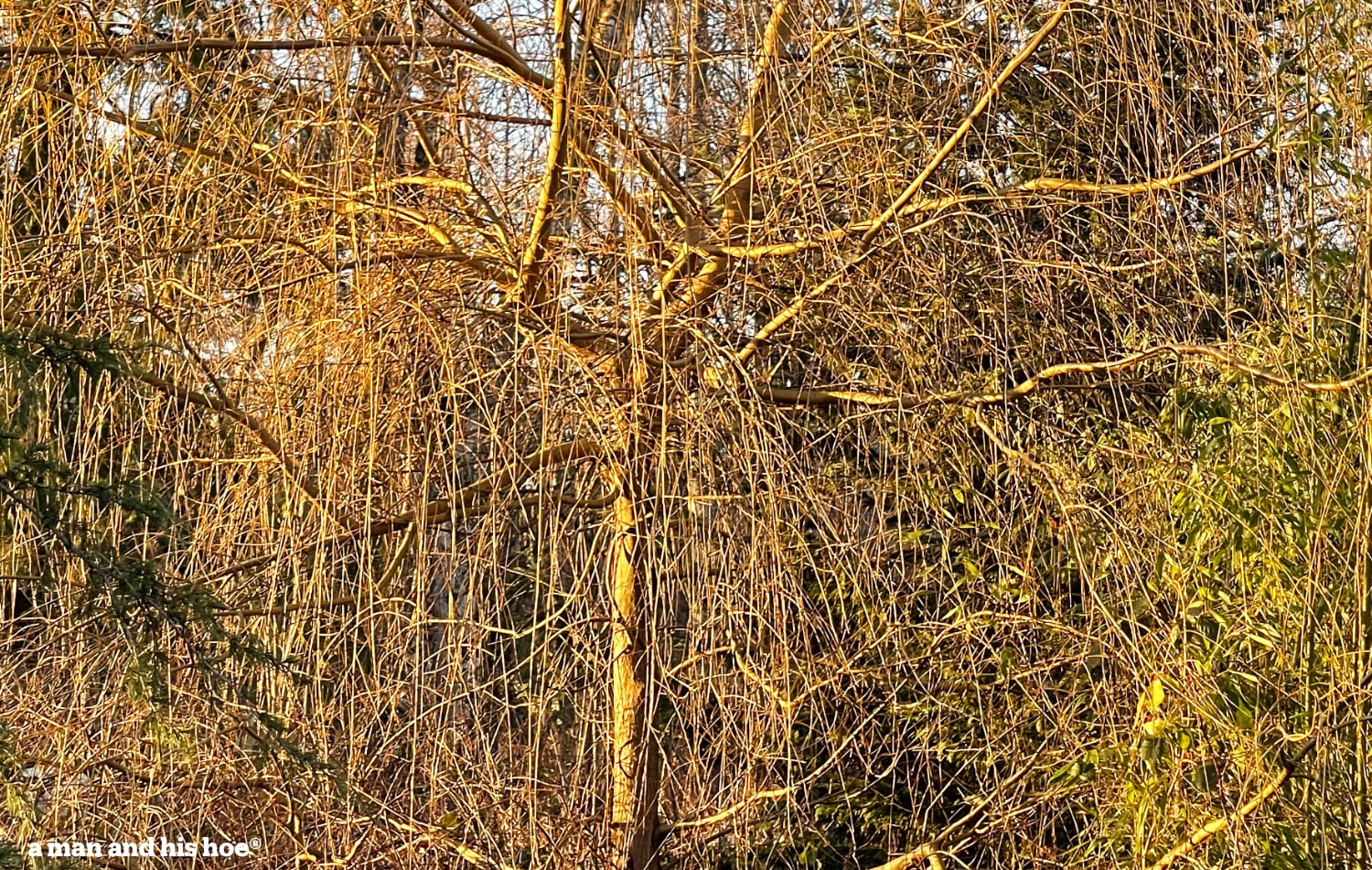
The low sun at winter illuminates the bare trees with gold this time of year. Though the Bald Eagle at the top of the fir tree next to the cottonwoods has me concerned. Bald Eagles often perch there, eying the ducks, watching the chickens.
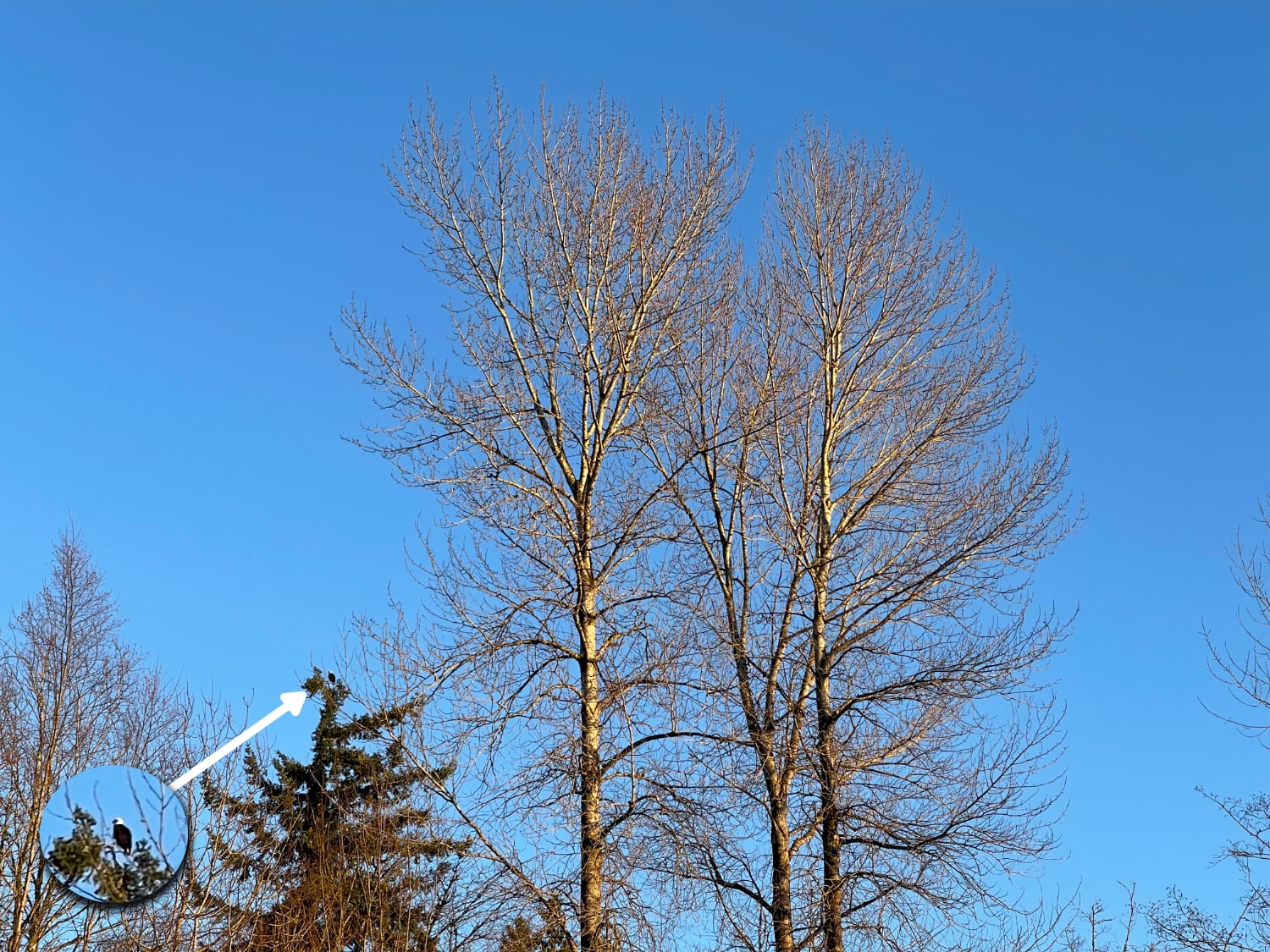
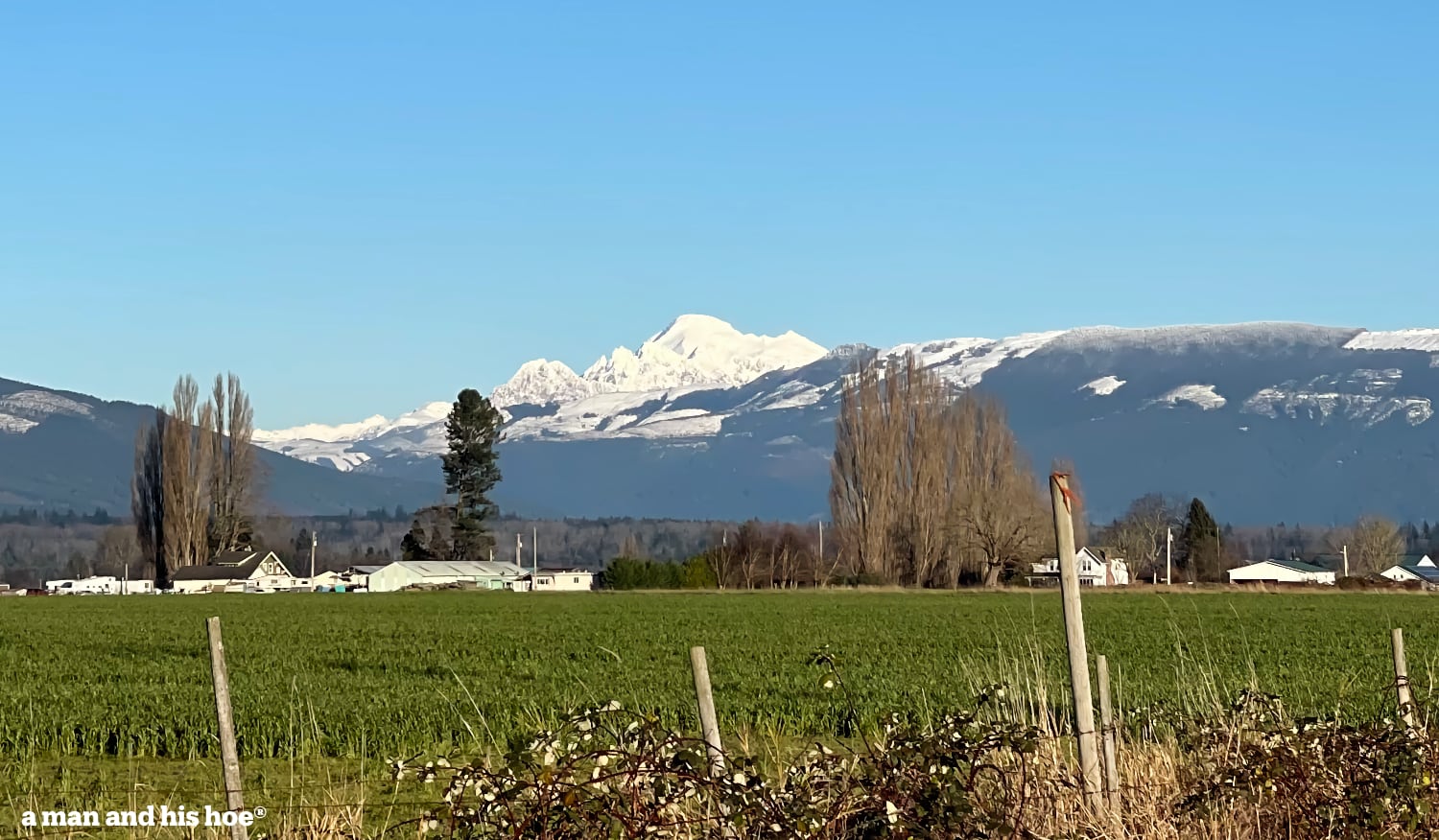
Yesterday Mount Baker was iridescent. Each time I go to Anacortes to deliver tofu to the Anacortes Food Co-op, I check to see how Mount Baker is. Often it’s hidden by the clouds. But when the sun is out and the sky is cobalt blue, it is there, radiating peace.
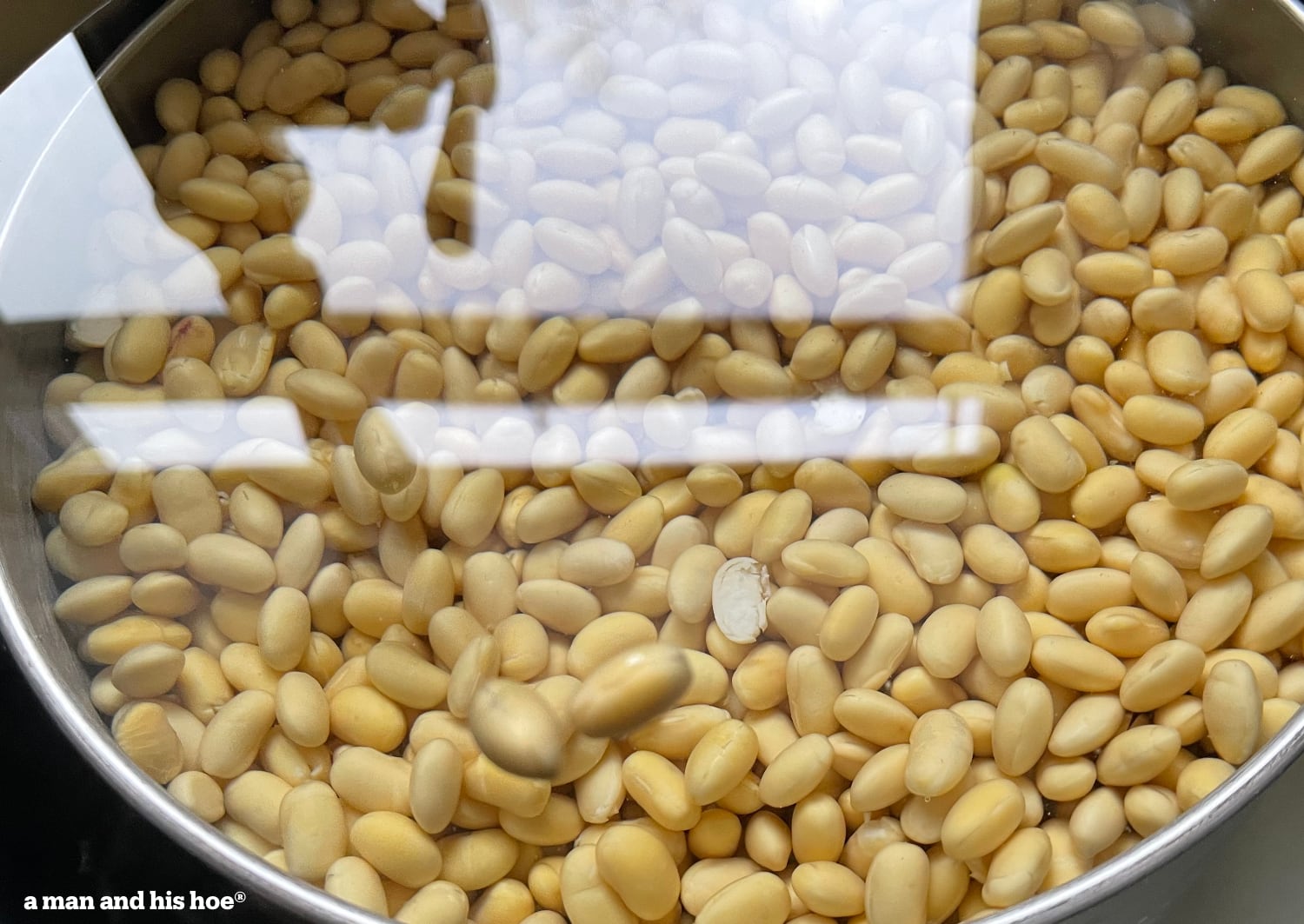
I’ve been making tofu for twenty years or more. And yet these last few weeks seem like I’ve just learned how to make it. Maybe I’ll feel that way ten years from now. “Oh, back in 2021, I had no idea what I was doing.” You would think that after decades of making something so simple, that there would be nothing more to learn, but there always is. One is forever just learning how to do things you’ve been doing your whole life.
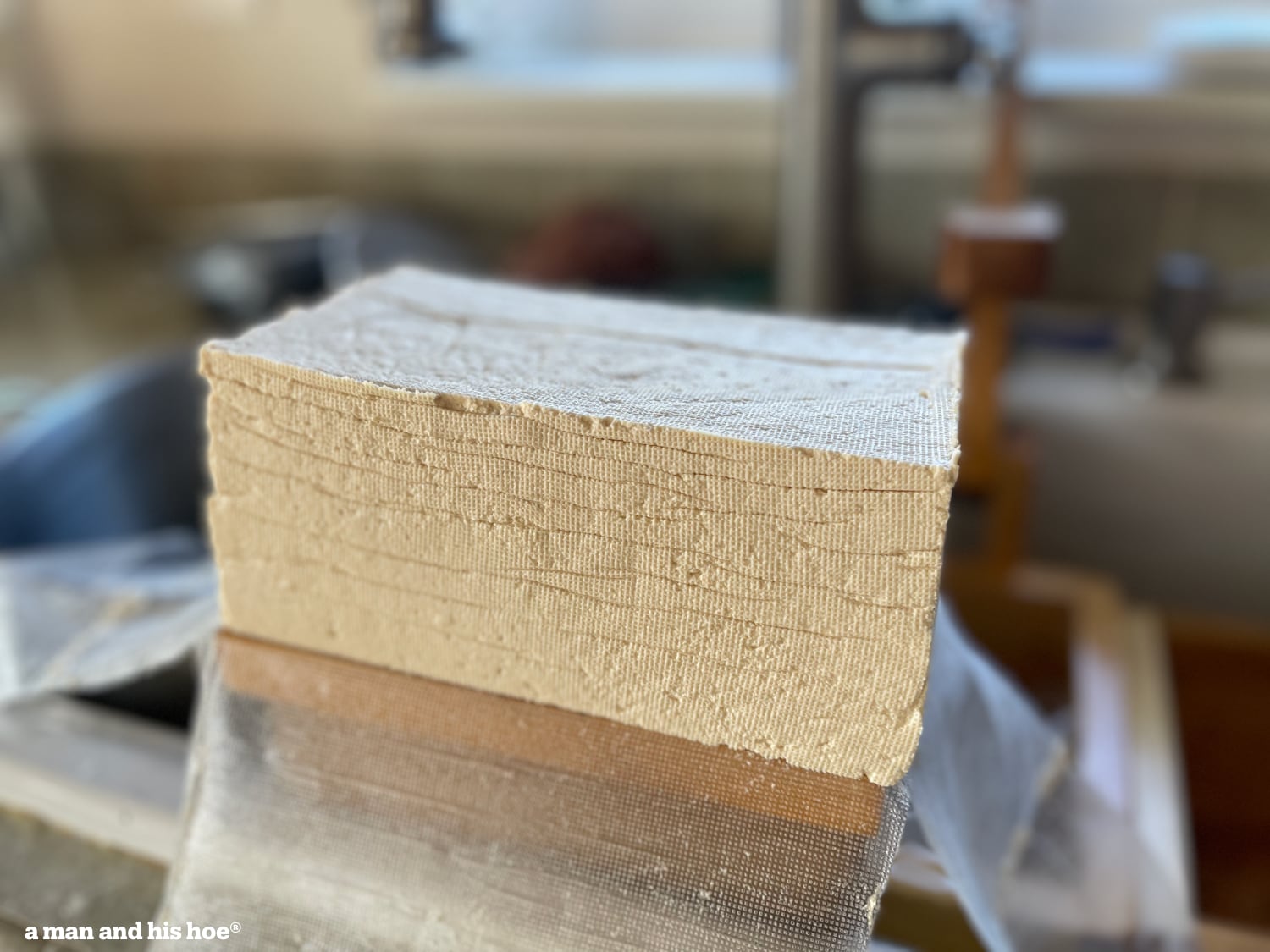

It’s the time of year to enjoy these frosty mornings. They won’t last forever. One day I’ll wake up and there’ll be no more frost, just the warmth of spring, and I’ll have to wait half a year or more to see blades of grass brushed with frost.
There is a forecast of snow for Christmas Day, two to five inches. Though yesterday’s forecast of more snow on Monday of seven to ten inches is gone. Just another inch or two on Sunday and cold, below freezing, sunny days for Monday and Tuesday.
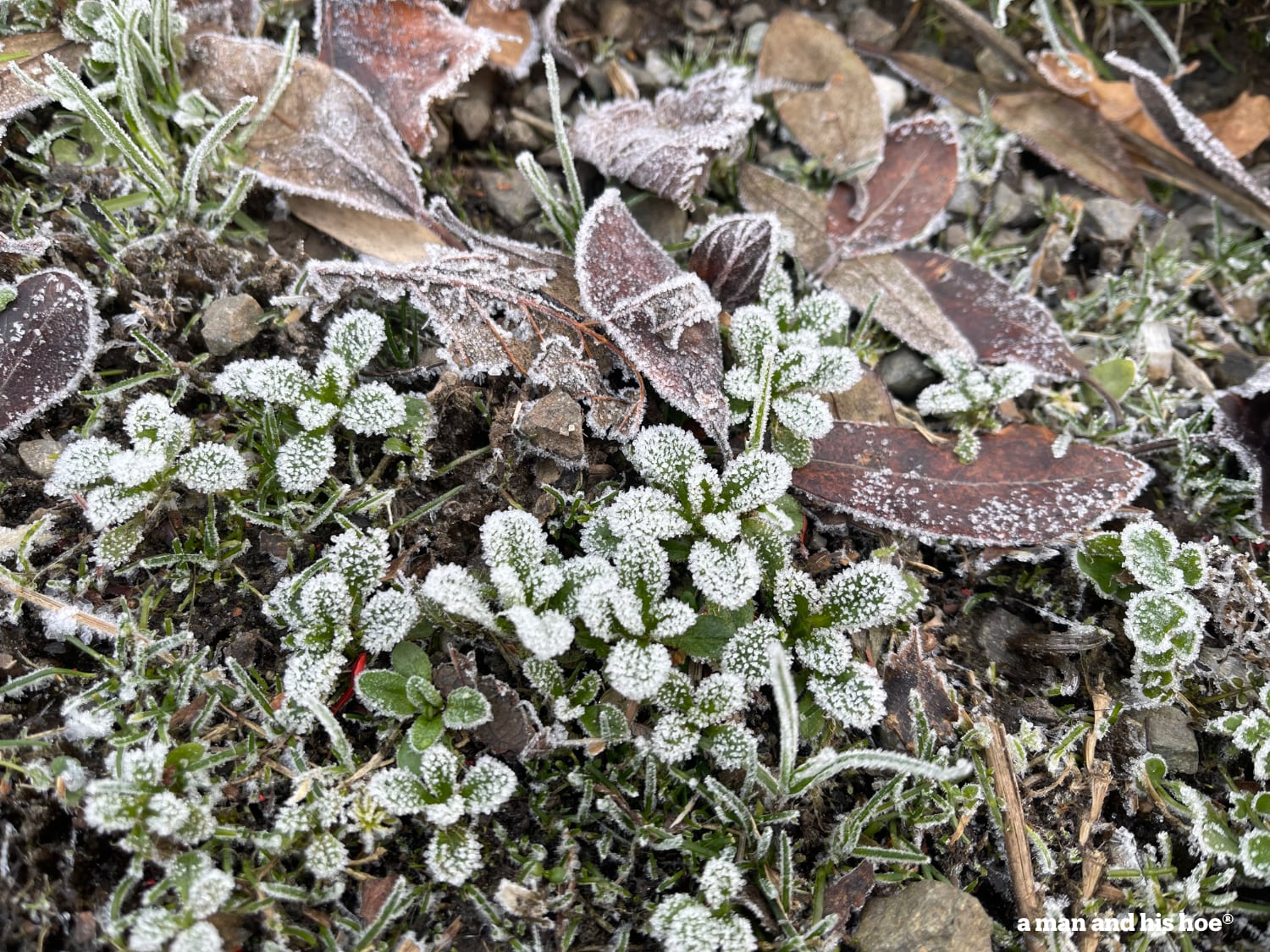
-
First Snow
The first snow of the season fell Thursday morning. For an hour big, wet flakes drifted down. They were comforting to watch as I made tofu that morning.
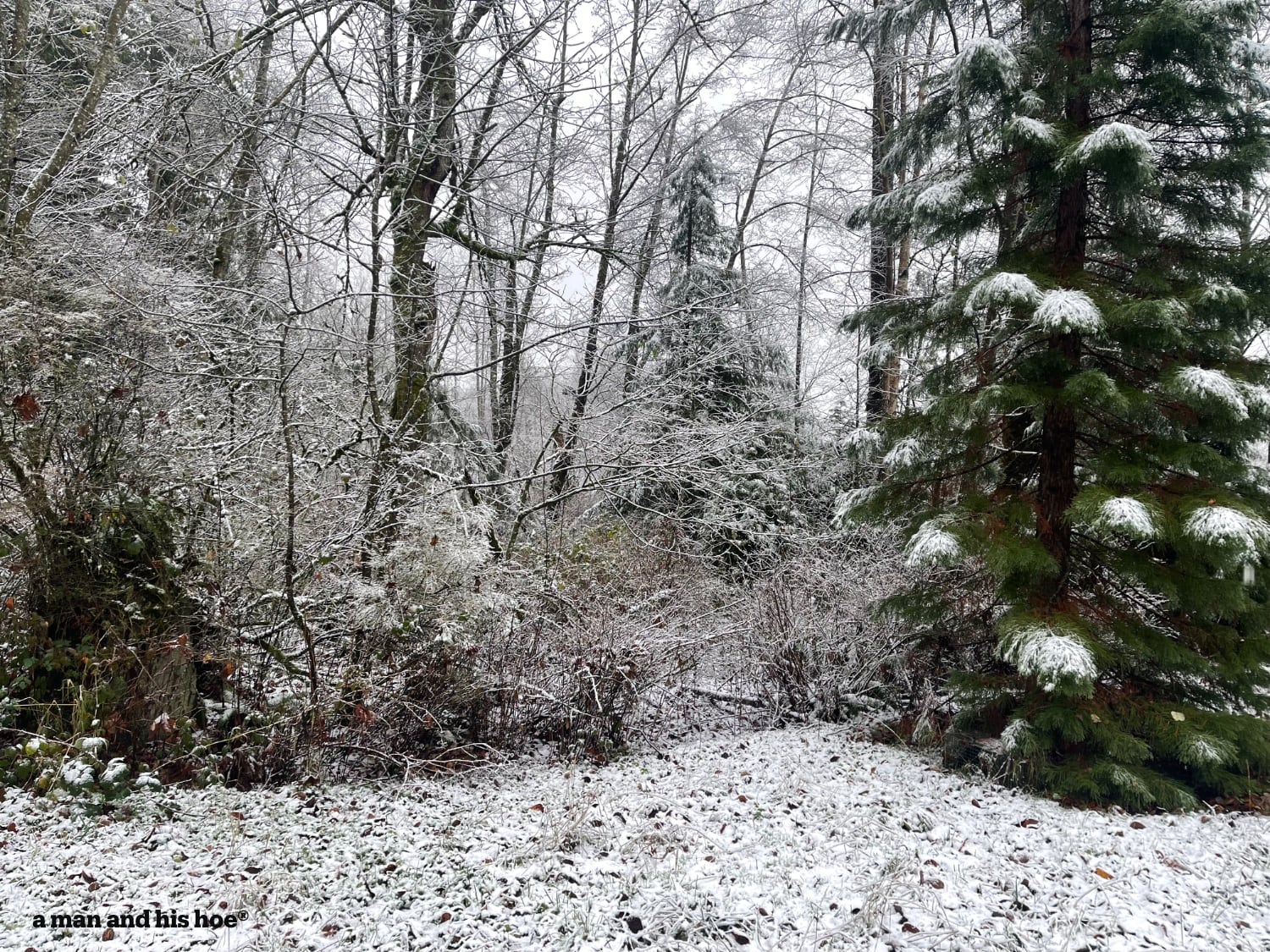
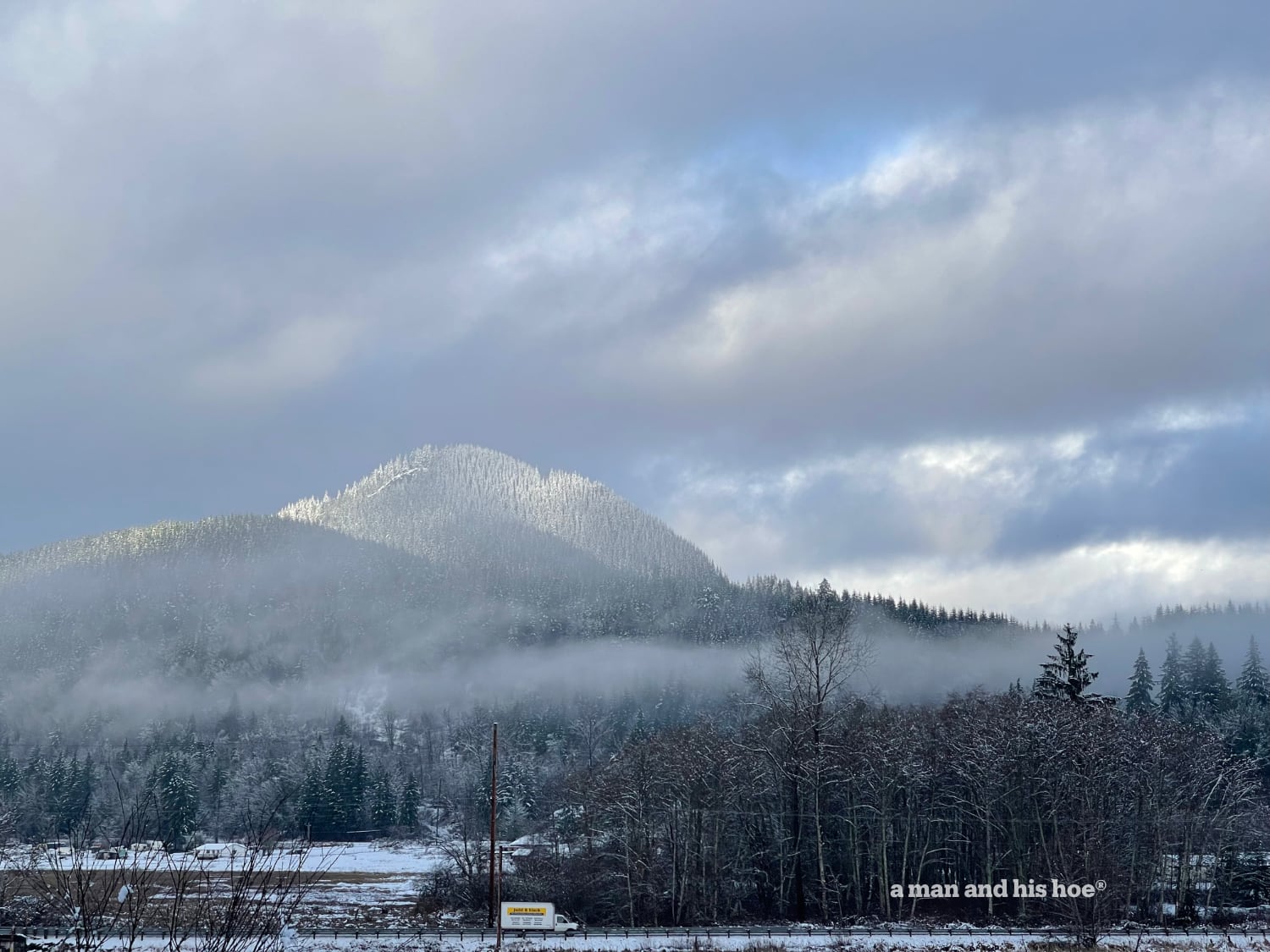
By early afternoon, the snow around our place was gone save for a few bits here and there. But just a few miles north the countryside stayed white all day.

If you need to check if you are still alive or not, walk barefoot in the snow. You’ll know you are very much alive if you do that.
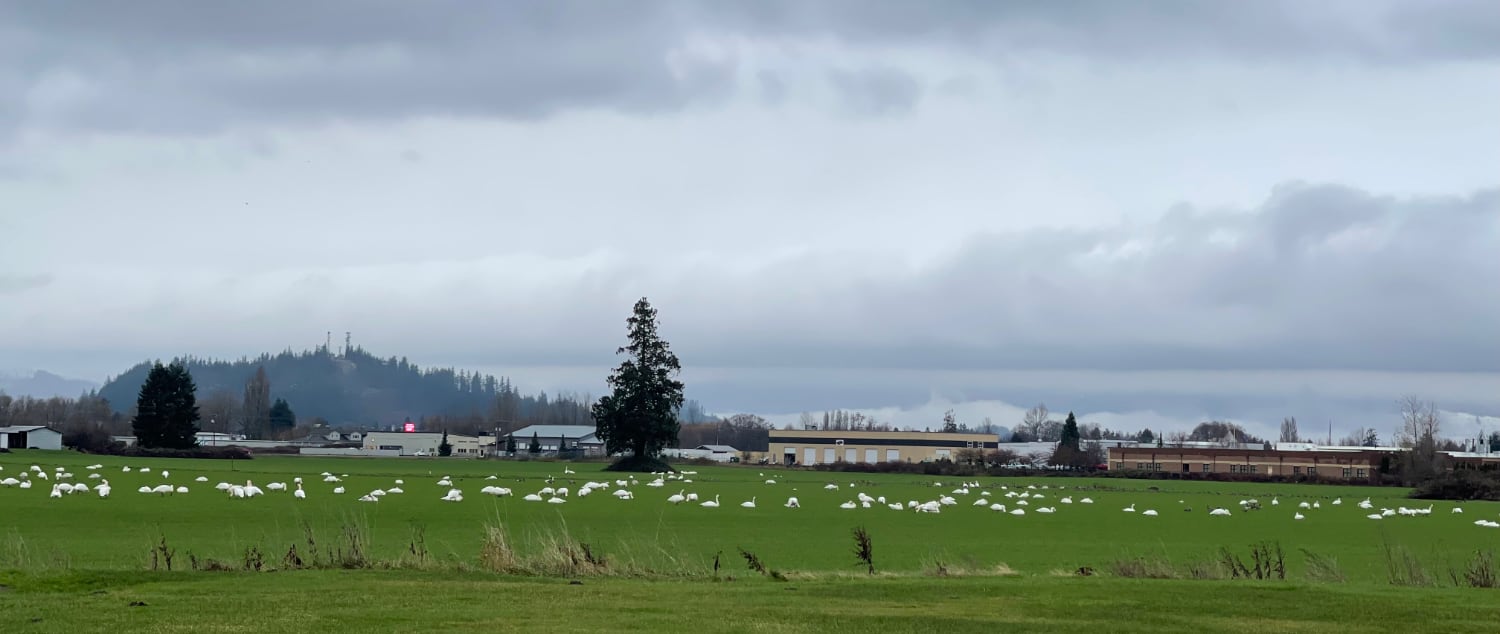
The swans have settled into a winter of steady grazing. The nice thing about being a swan is that you can go just about anywhere you want without people becoming upset. “Private property – keep out” signs mean nothing to a swan.
-
Peak Bleakness
This certainly is the season of peak bleakness here. It’s dark when I get up. Dark before supper. The leaves have all fallen, leaving a forest of standing skeletons. The sun rarely breaks through the clouds these days.
But what about the owls who come out at night? Is this the happiest time of the year for them? So many more hours of hunting for them. At the end of June are they despondent at the long days, wondering if darkness will ever return? Do they have rituals they perform to their gods to bring back the night? Maybe that is what all their hooting is about in the summertime.

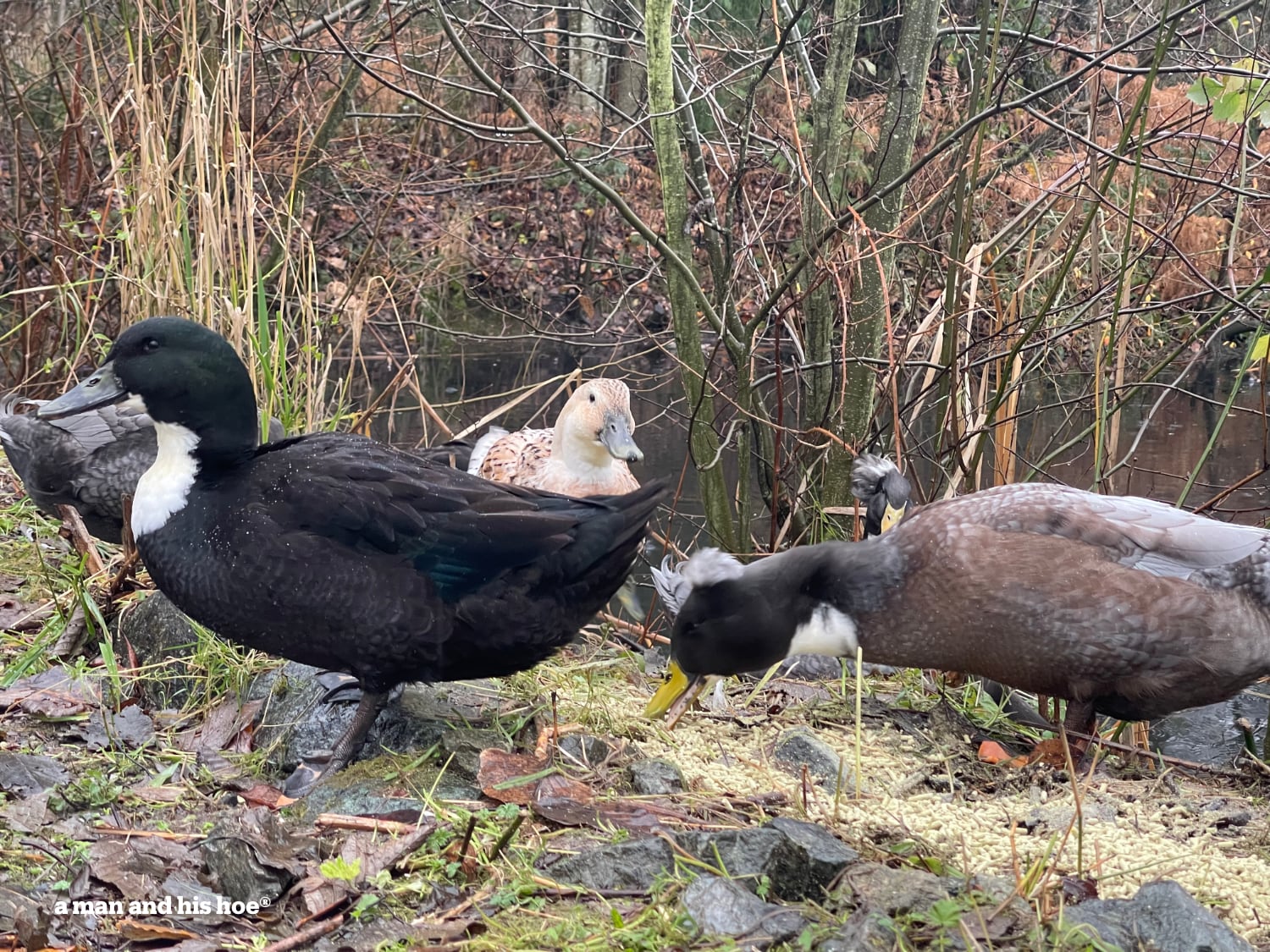
All the rain and wet is no problem for the ducks. This is a happy time of the year for them too. Though when it comes to ducks on a pond, when are they not happy? I’ve noticed that ducks are somewhat nocturnal. They must have good night vision. They are often active at night.
In fourteen days, on Tuesday, December 21, 2021 at 7:59 am Pacific Standard Time, 6:59 am Pacific Day Light Savings Time, right about when I am having my morning coffee, it all changes and the light begins to return.
In ancient times, many wondered if spring would return. People danced, they prayed, they burnt offerings, hoping that the gods would take away the darkness. We don’t worry about those things anymore. We can count down to the millisecond when the earth passes that spot in its orbit around the sun where the days in the northern hemisphere start to lengthen. It will happen no matter what we do, gods or no gods. There is nothing for us to do but relax and enjoy that millisecond.
-
Clouds on Fire
Every so often a sunset comes along that makes you stop what you are doing. This evening was such a sunset.

The clouds over the Chuckanuts were on fire when I went to the Post Office this evening.
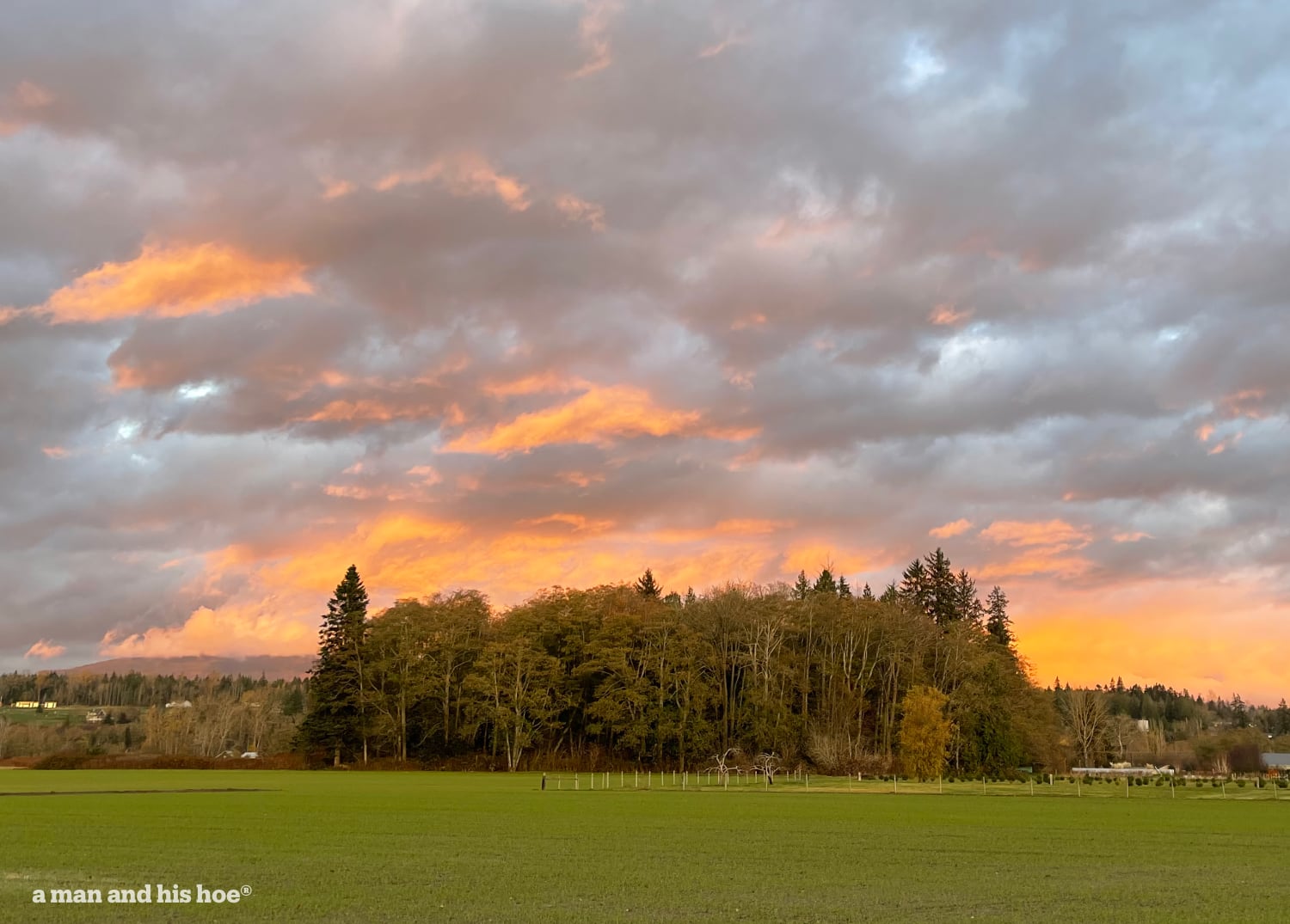
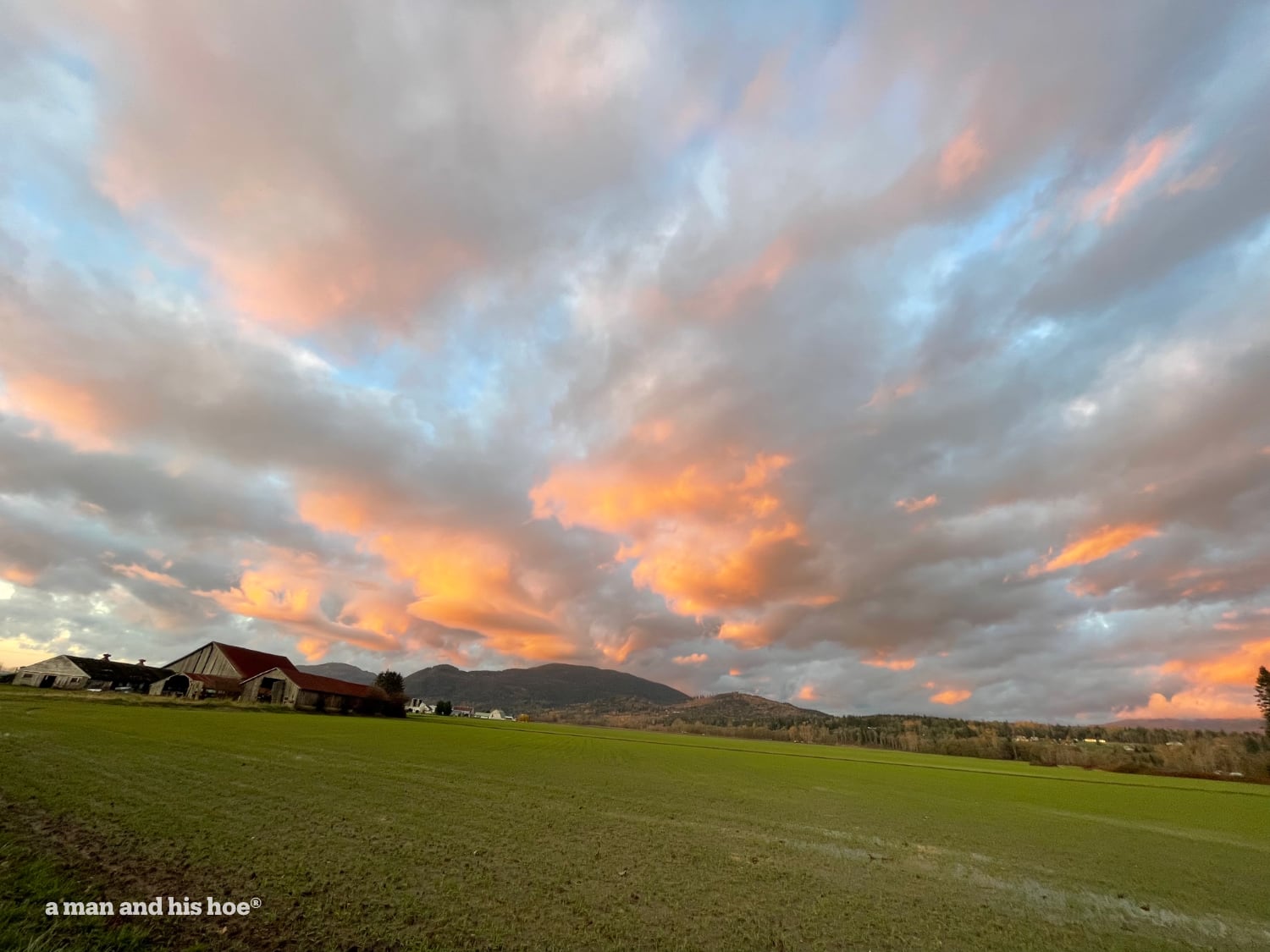
I pulled off the road three times to take it all in. And by the time I arrived at the Post Office the show was over. The sun dipped behind the horizon and extinguished the fires in the clouds.
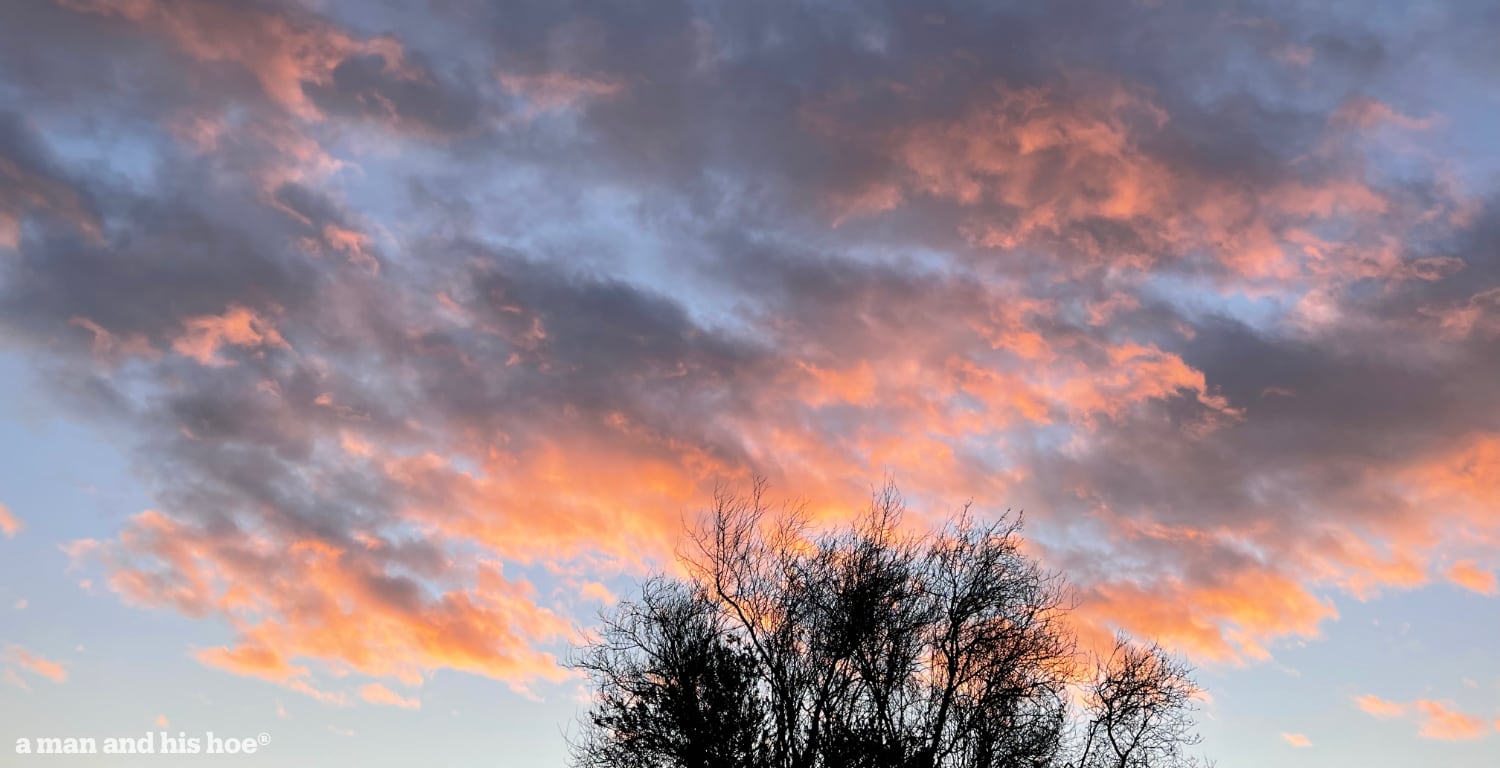
-
Dark, dark, dark
The cottonwoods have turned. As colorful as they are, standing tall against the sky, they aren’t an honest depiction of what this season is like. To convey this season, I should post pictures of near total darkness. It’s dark in the morning. It’s dark by late afternoon. It’s dark most days with heavy clouds obscuring the mountains and the sun.
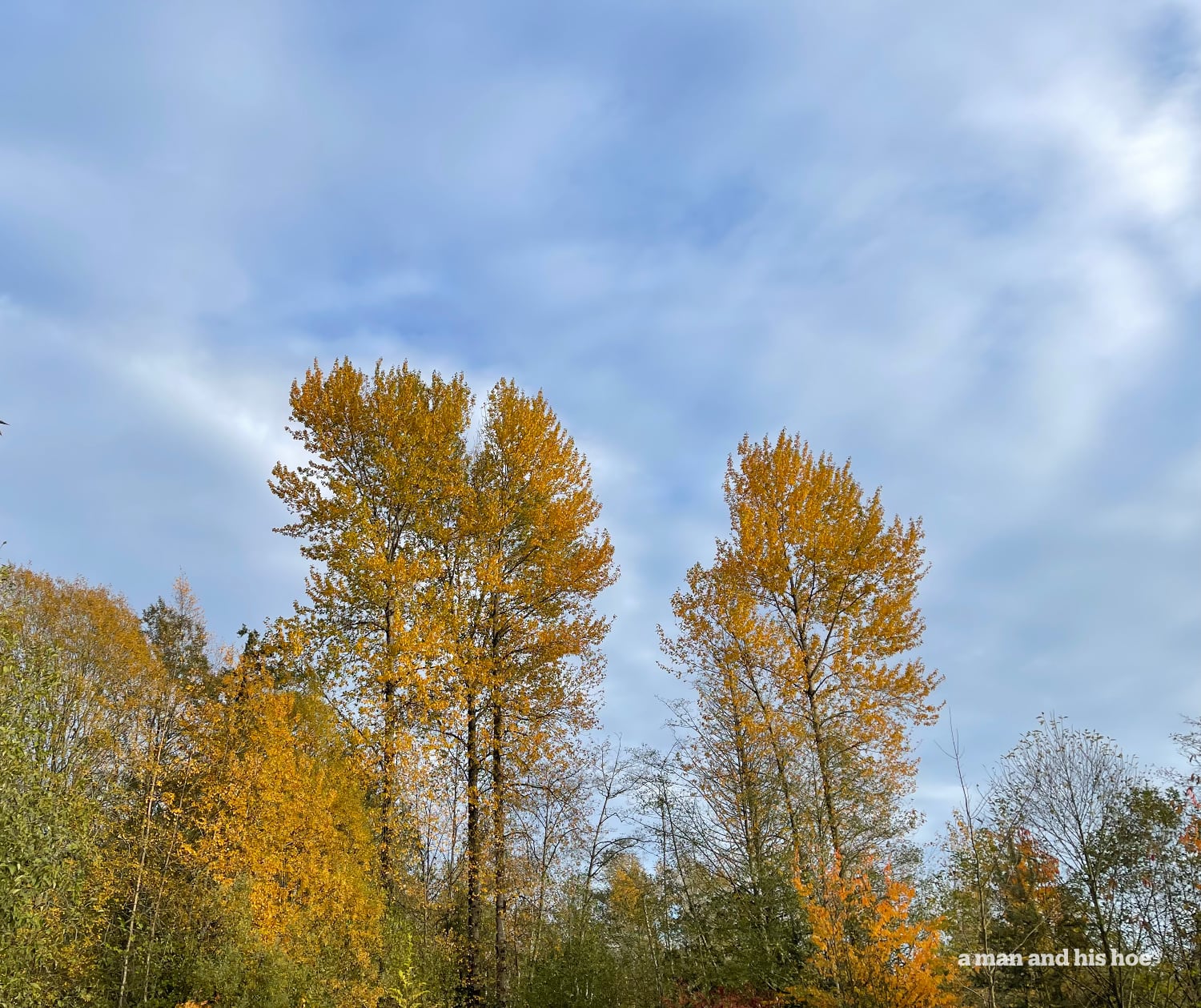

One last Dahlia adds some brightness. Each day is darker than the day before, but in just five and a half weeks the days will start to lengthen. We humans can’t help but have at least one toe in the future. The swans are back, foraging in the fields. They just arrived, but are some of them already planning their trips back north? Are some counting the days until they can go home?
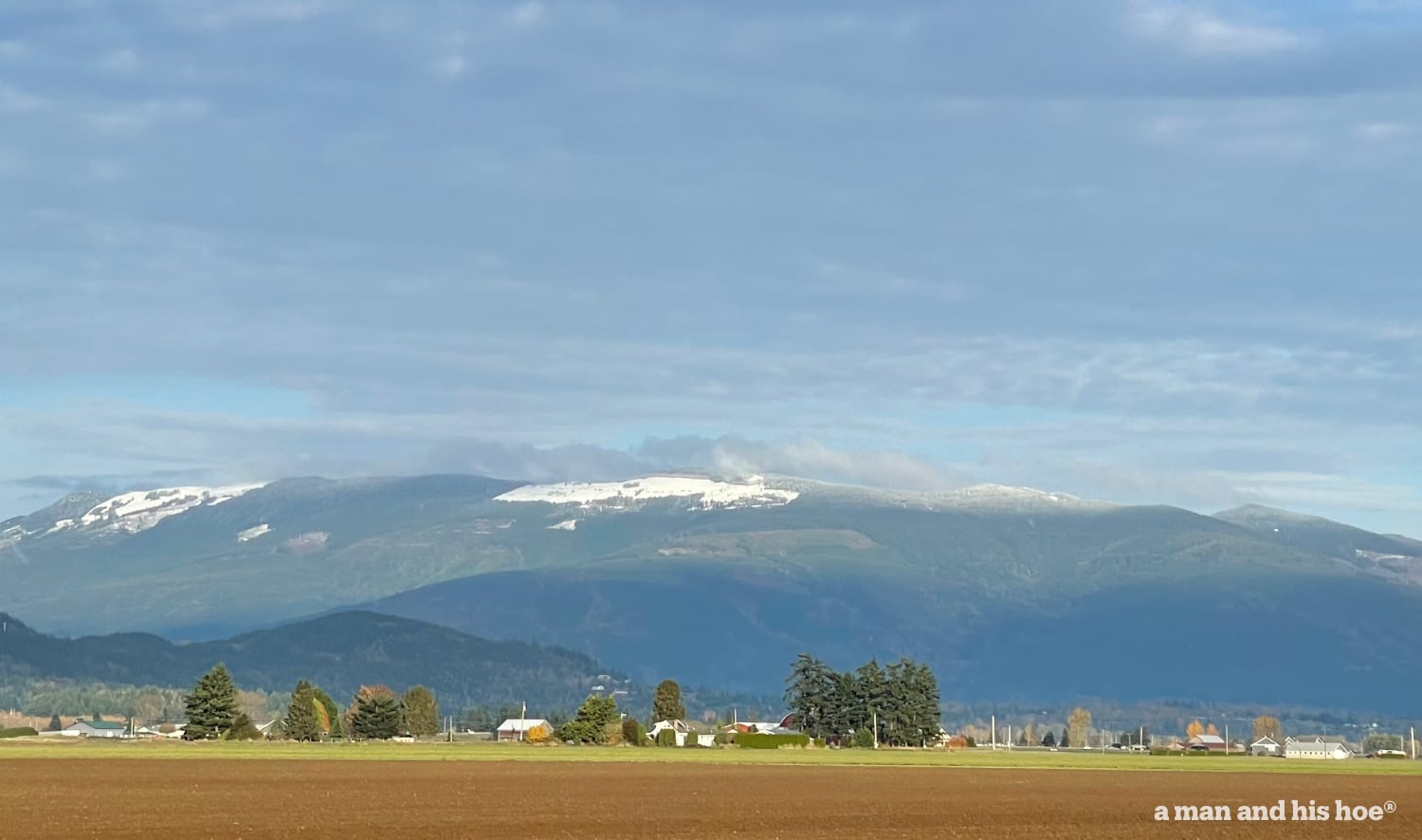
Snow is back on the foothills. On cloudy days, it’s impossible to see how low or how high up the hills the snow is. But when the clouds part, it’s easy to picture foxes playing in fresh snow high up on the foothills.
